Luis Brito - VP, Delivery Platform at Beam Therapeutics
Luis Brito - VP, Delivery Platform at Beam Therapeutics
Biography
Luis is currently VP of the Delivery Platform at Beam Therapeutics. He currently leads a team that is responsible for early research and development of viral and non-viral delivery systems to enable base editing there. Prior to Beam he was at Moderna Therapeutics for 6 years where he led discovery efforts around novel delivery systems and routes of administration for vaccines and therapeutics. His team was instrumental in selecting, optimizing and characterizing the lead LNP for the Moderna’s COVID vaccine. Before Moderna he was at Novartis Vaccines where he developed delivery systems for RNA vaccines and adjuvants.. He was also involved in leading work on Novartis’s SAM/LNP formulation. Luis received his Masters and PhD in Pharmaceutical Sciences from Northeastern University and received his BS in Human Physiology from Boston University. Luis co-authored over 30 peer reviewed papers and is co-inventor on 15 patents.
Interview
NanoSphere: Tell us a bit about yourself—your background, journey, and what led you to where you are today.
Luis: I grew up on Long Island NY and moved to Boston MA to attend Boston University for undergraduate studies. I majored in Human Physiology because I thought I wanted to be an MD. I wasn’t a very good student; after quickly realizing I didn’t have the grades, nor interest to be a doctor I pivoted to wanting to work in biotech. The summer between my junior and senior year I did an internship at a small personal health company on long island that made sunscreens and other lotions. This was my first exposure to formulations and at the time I had no idea what I was actually doing but looking back I can see I was building a skillset in the fundamentals of formulation science (colloidal science, stability, physical chemistry, analytical chemistry). There was a project that involved the preparation of liposomes (again, at the time I had no idea what it was – except that it was a semi-transparent solution). I finished up my undergraduate degree and joined industry at a small biotech start-up called Acusphere as a research associate doing analytical chemistry. While working I looked into taking additional classes for a masters and found the part-time masters program at Northeastern University. I connected with Mansoor Amiji and started attending classes in the evenings while working.
After several years at Acusphere I wanted to get back into formulations and I left to join another start-up where I was first introduced to siRNA (this was around 2003). I was hired to make spray-dried siRNA formulations for inhalation after influenza exposure. Similar to my internship in college – I really didn’t have much of an idea of what I was doing, but I really enjoyed it. I was still taking classes at Northeastern and started thinking about getting a Ph.D. At the time I had very little understanding of what a Ph.D. actually was or what it entailed – but saw the opportunities it opened. Fast forward 12 months, I was accepted into the Ph.D. program at Northeastern and the small start-up I was working for was purchased by another company – the timing was right for a move. Working before going into grad school was a big advantage; I already had basic lab skills, I got to the lab early, and had motivation.
After working in Mansoor’s lab for nearly 3 years I completed my Ph.D. and started looking for jobs back in industry. I joined the newly formed Novartis Vaccines team to do vaccine formulations and work on a new RNA technology the team was developing. I spent 5 years with that team and pivoted from being an individual contributor to overseeing a team of scientists during my time there. Shortly after the acquisition of Novartis Vaccines by GSK I left to join Moderna.
While at Moderna I built a team focused on designing delivery systems for alternate routes of administration. I lead the discovery team responsible for identifying and characterizing the formulation that would be used for all of Moderna’s vaccine programs including its Covid Vaccine. When I first joined I had a was aware of the potential of mRNA, but had no idea that within 6 years of my joining the company I would have received a vaccine that I helped develop. The company grew from ~200 people when I first joined to ~750 people in March of 2020 to ~2800 people by the end of 2021. Over that time the company changed and I knew it was my time to look for my next adventure.
In the fall of 2021 I was contacted by my former boss at Novartis who was now the CTO at Beam and we started having discussions about my next adventure. By the end of 2021 I left Moderna and Joined Beam at the beginning of 2022. My time so far at Beam has been incredibly rewarding. When I first joined I knew the technology was promising, but had very little appreciation as to how transformative it could really be. Over the last 3 years the team has been able to advance novel therapies that would have been considered science fiction 10 years ago. I consider my self very lucky to be part of it and am constantly being challenged and learning every day.
NanoSphere: How do you foresee advancements impacting the scalability and efficiency of LNP production, and what potential do they hold for future applications in nanomedicine?
Luis: The pandemic showed that LNPs can be scaled to create hundreds of millions of doses of vaccine. As the field looks beyond vaccines there are clear opportunities to leverage existing manufacturing technologies to advance a host of new therapies. Vaccines are very low dose applications, where as many therapeutics likely require much higher doses. The current scales of manufacturing established for the covid vaccines could serve certain therapies, such as either one-time therapies (e.g. gene editing) or chronic administration for rare diseases. There will need to be continued innovation to enable chronic high dose administration for more common diseases, but based on where the field is currently at we are far from needing that scale of material that at this time.
NanoSphere: Your 2021 study, "Impact of lipid nanoparticle size on mRNA vaccine immunogenicity," highlighted the relationship between LNP size and immune response in both mice and non-human primates. Could you elaborate on the mechanisms by which LNP size influences immunogenicity, and how these findings might inform the design of more effective mRNA vaccines?
Luis: That paper highlighted the importance of control of biophysical properties such as particle size on vaccine responses. Its difficult to attribute particle size as the sole determinant to improve LNP potency (vaccine or otherwise). As size changes, surface properties change, opsonization post administration can change, and even the rate of endosomal uptake and escape can change. Additionally the degree of biodistribution, cellular tropism and immune cell infiltration can also be impacted by size. By changing one attribute several other attributes may be impacted making id somewhat challenging to use a single metric to improve the performance of an LNP. Using a multifactorial approach to optimize the particle would result in greater gains in potency as opposed to using a single factor. Size clearly plays a role, but other factors such as composition, ionizable lipid and even N/P ratio also are important in designing the next generation of LNPs.
NanoSphere: If there’s one key message or insight you’d like to share with readers for the future of nanomedicine, what would it be?
Luis: It really is remarkable how much the field has evolved over the past 10 years and what an impact genetic medicines will have in the future. Delivery scientists can’t do this alone though; cross-disciplinary collaborations between academics and industry are key to unlocking the potential of the field. I’m confident that the nanomedicine field will play a vital role in enabling the therapies of tomorrow, we just need to pull in the best and the brightest to realize that vision.
Luis` references:

